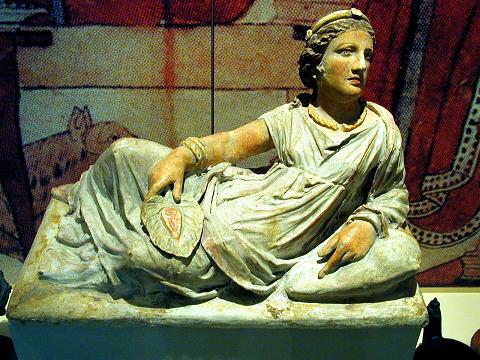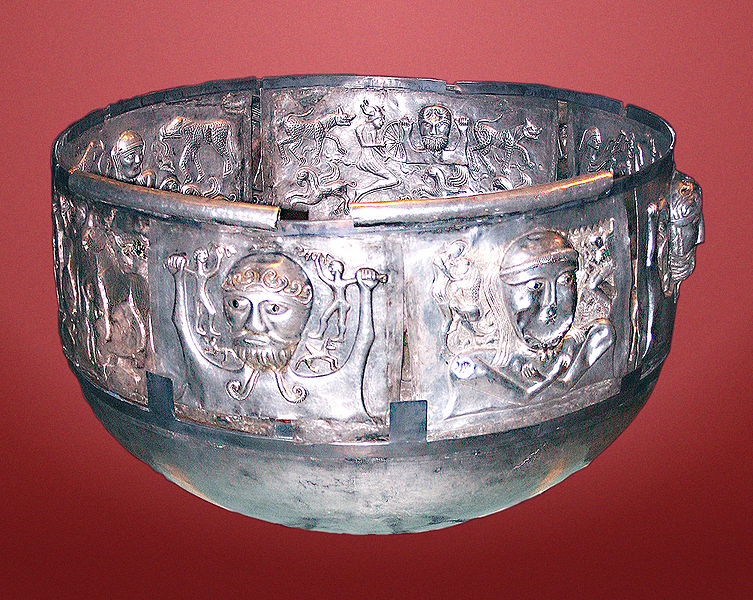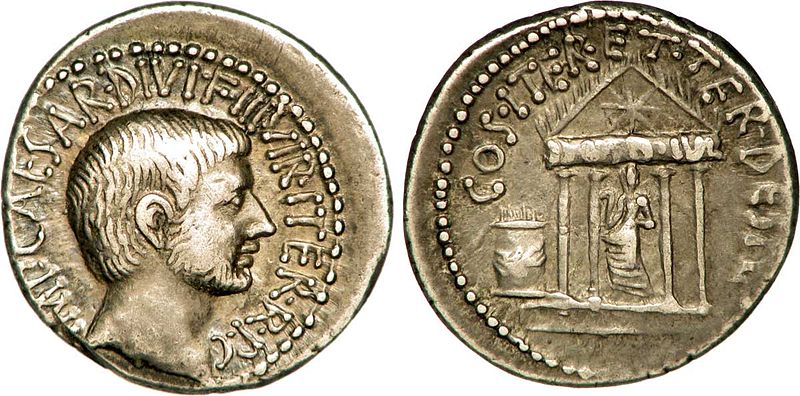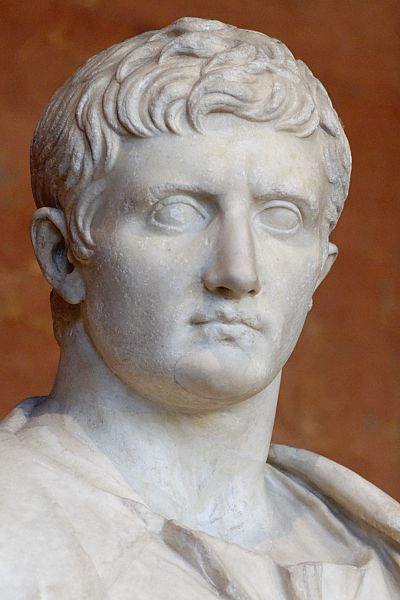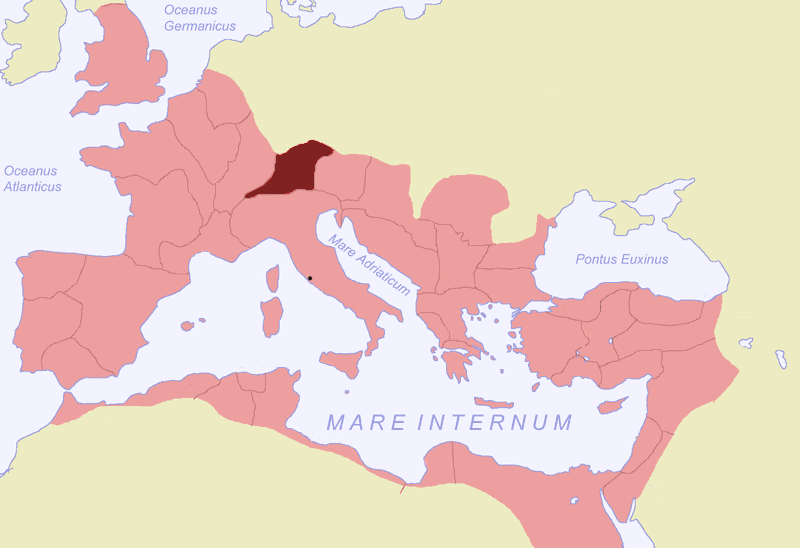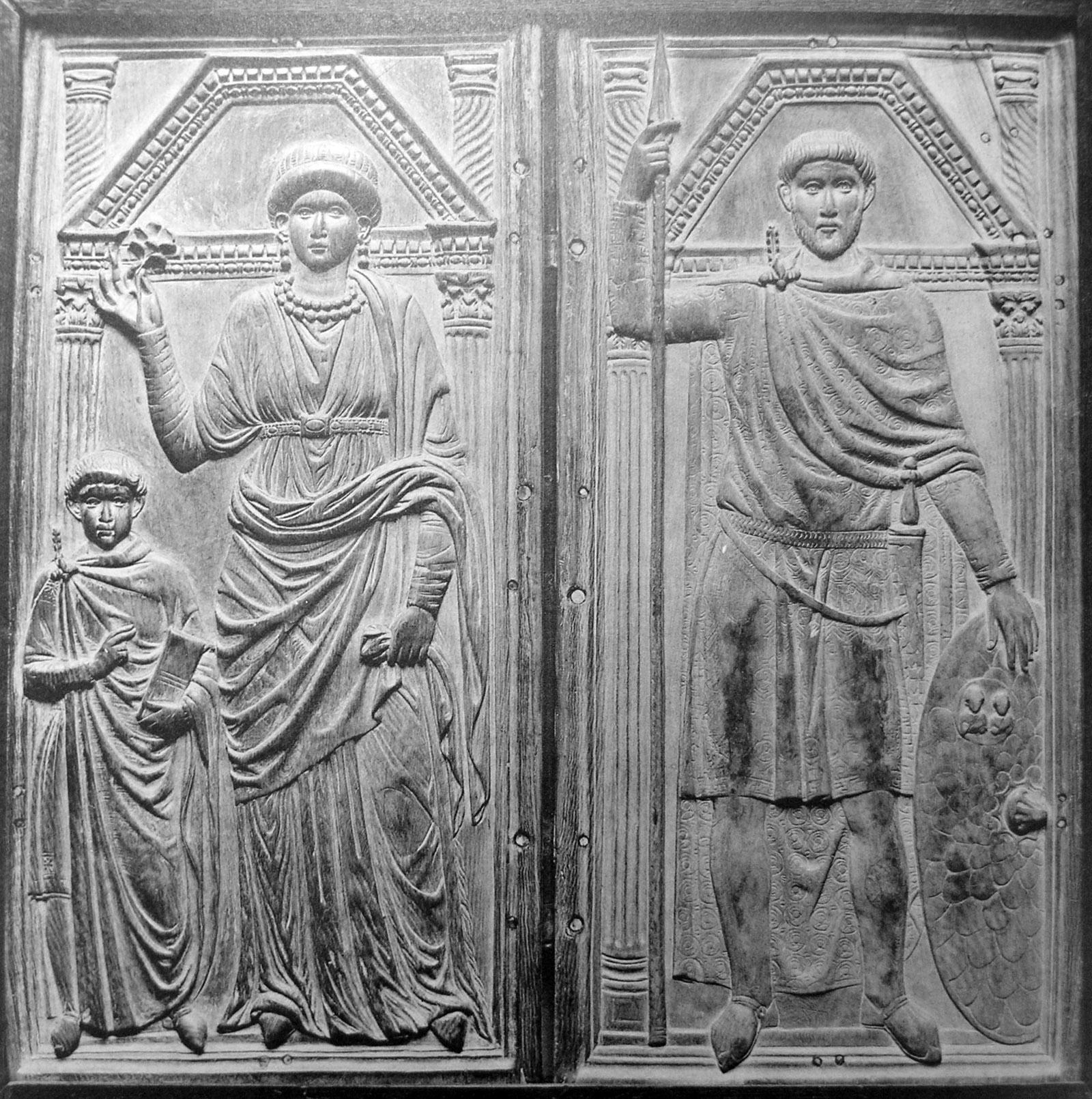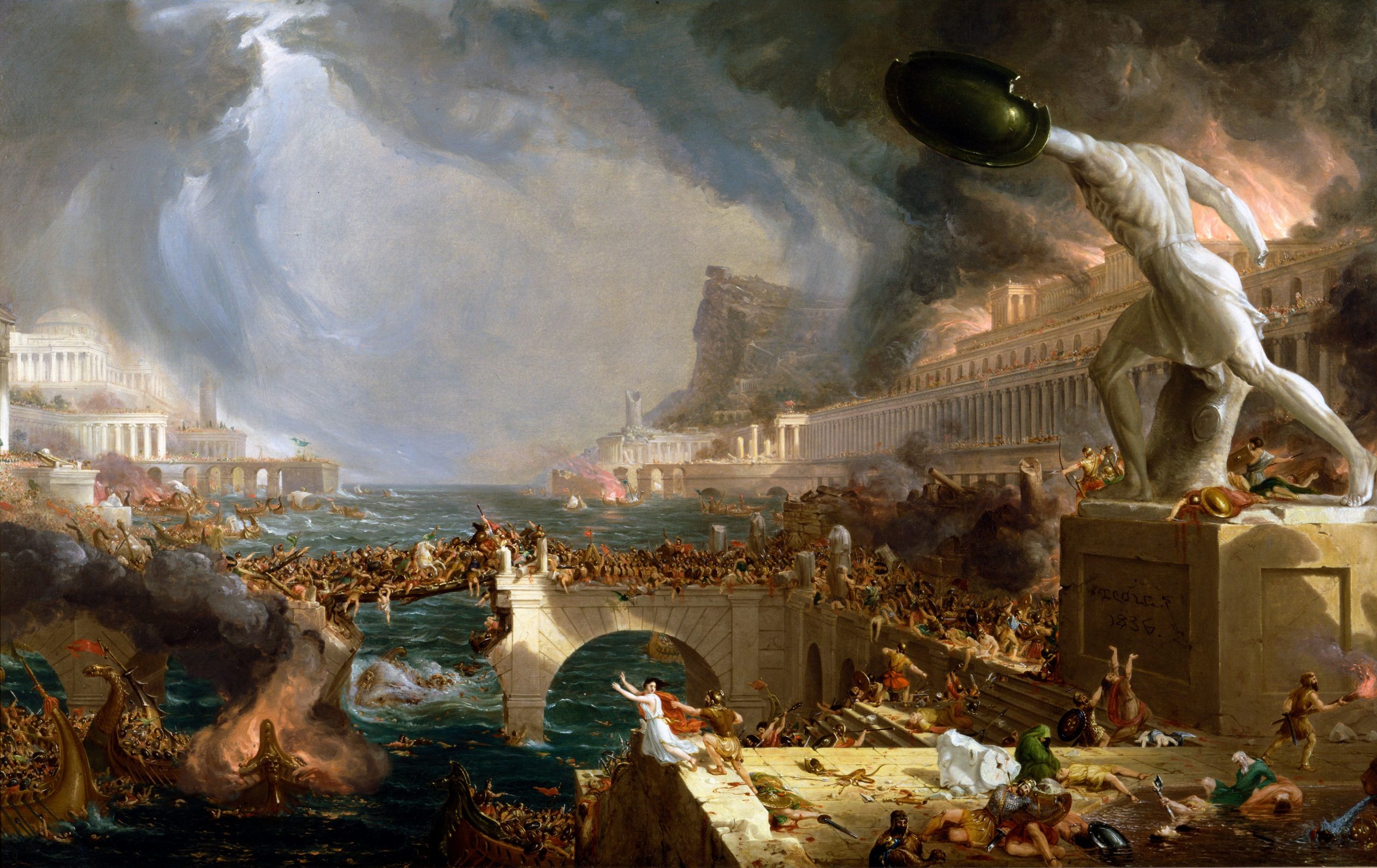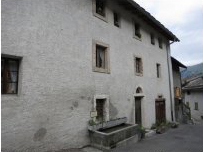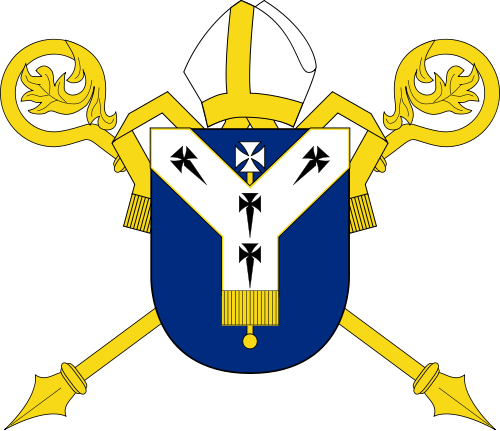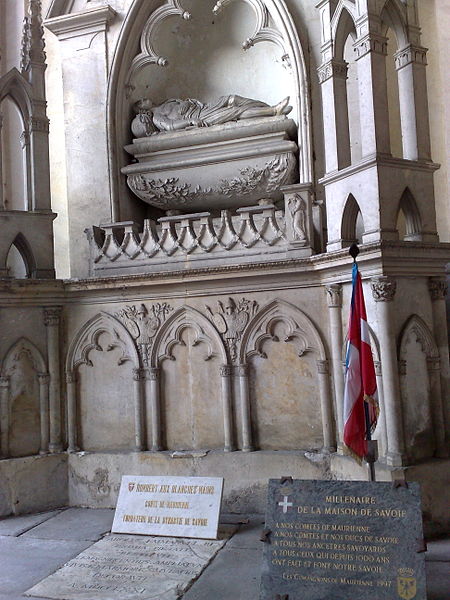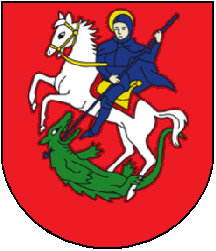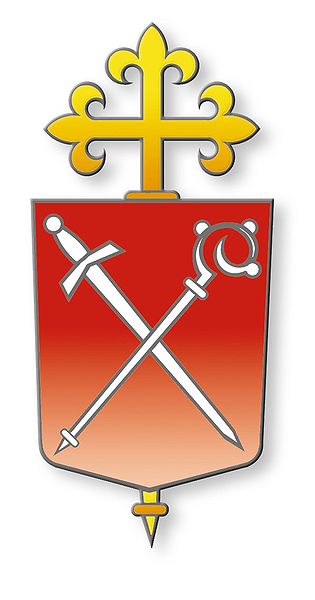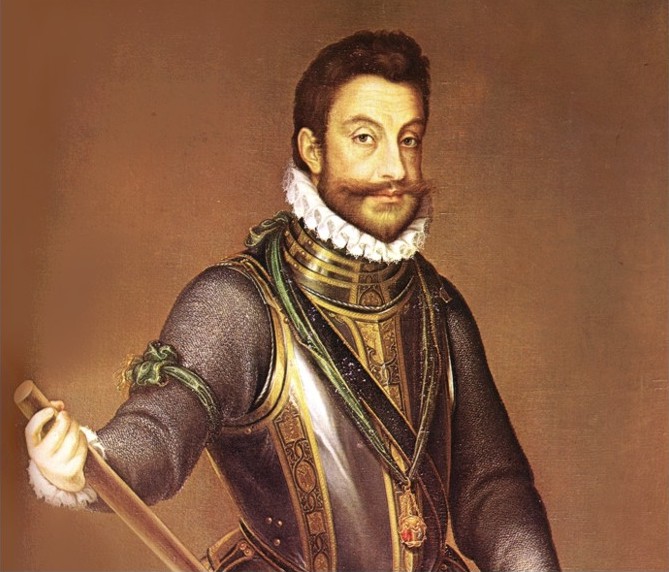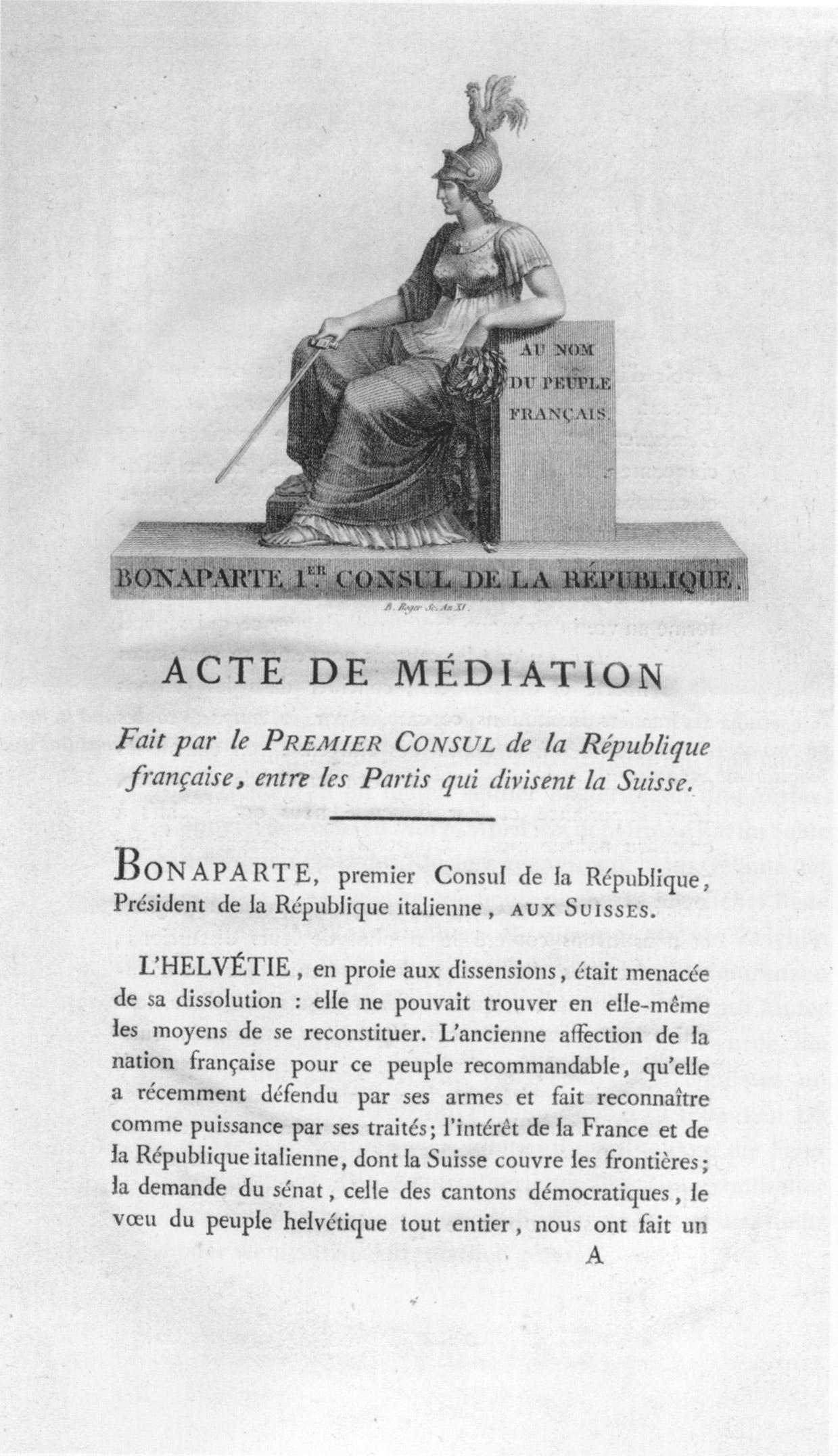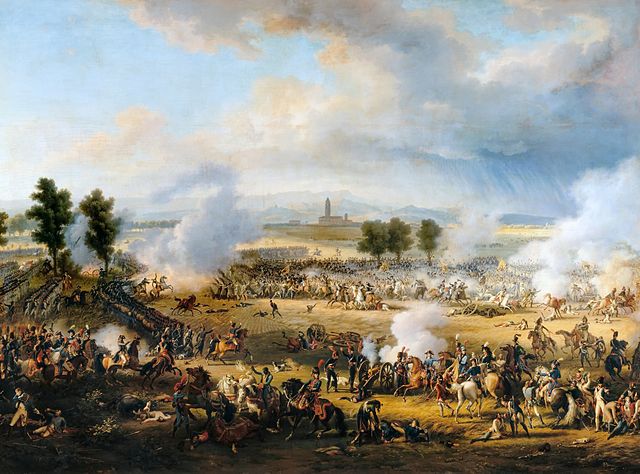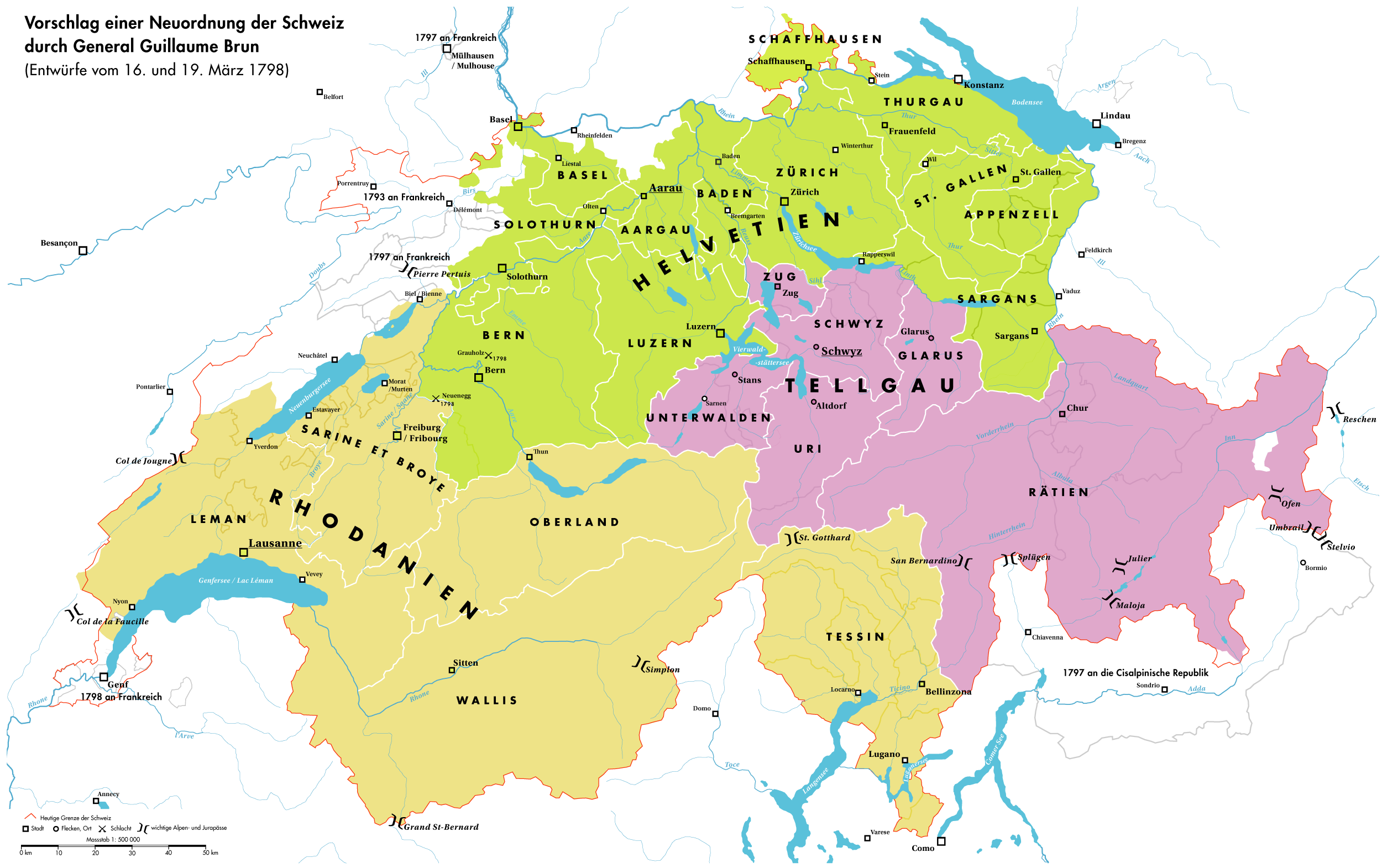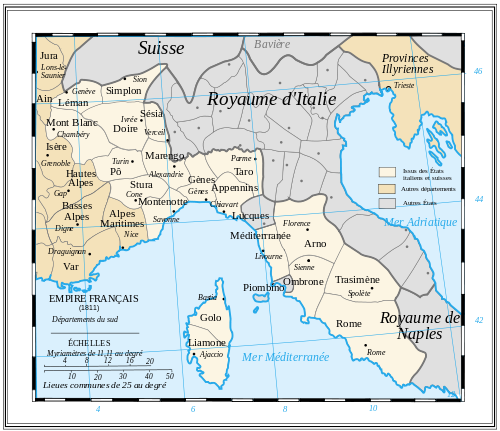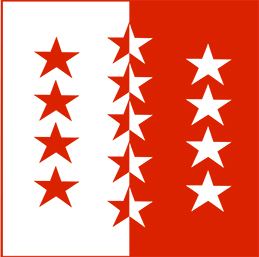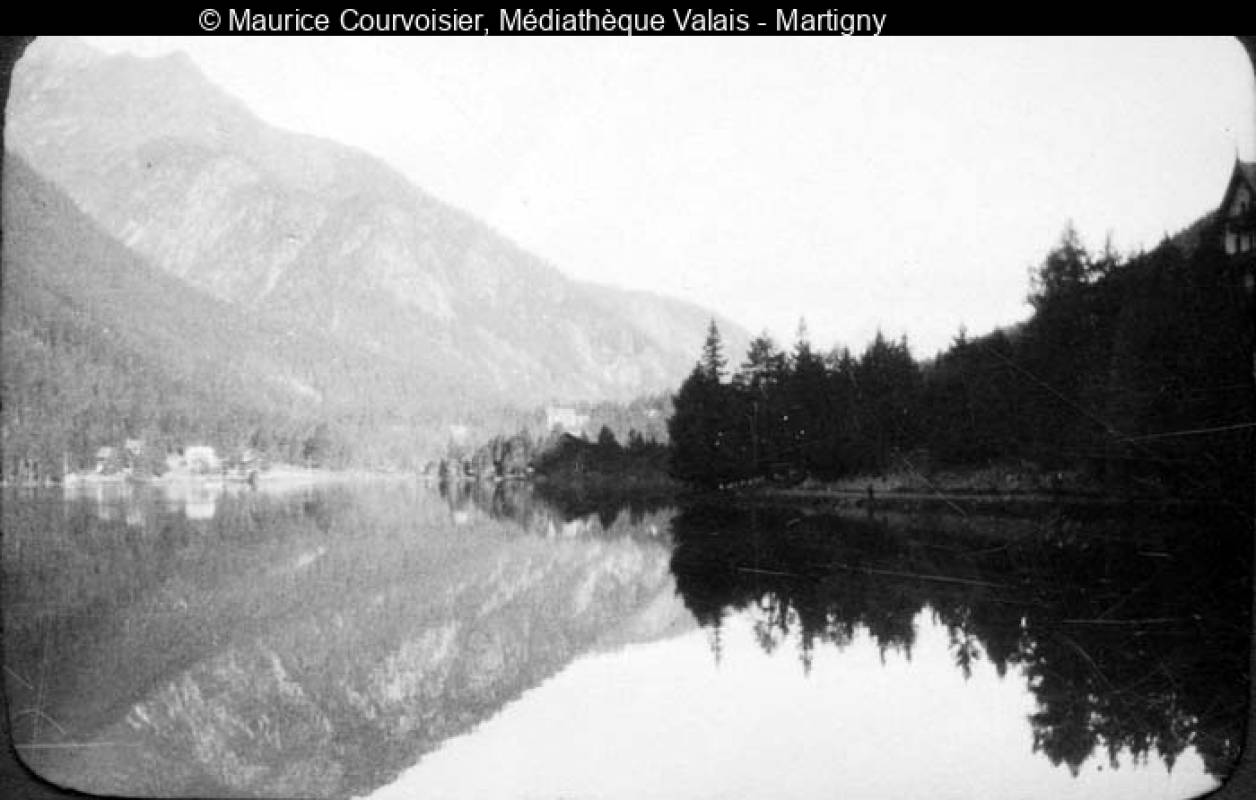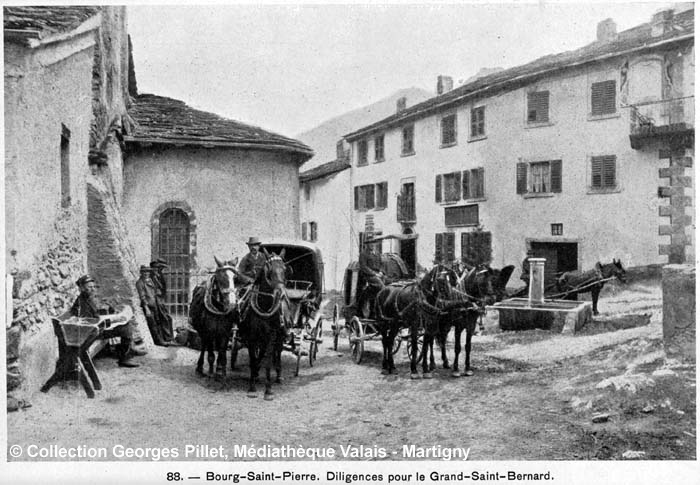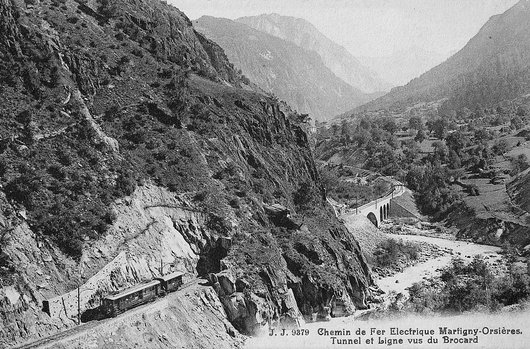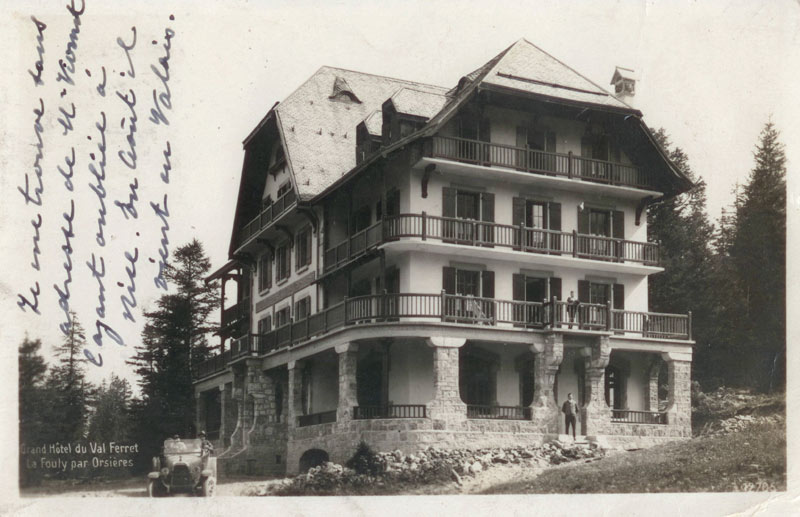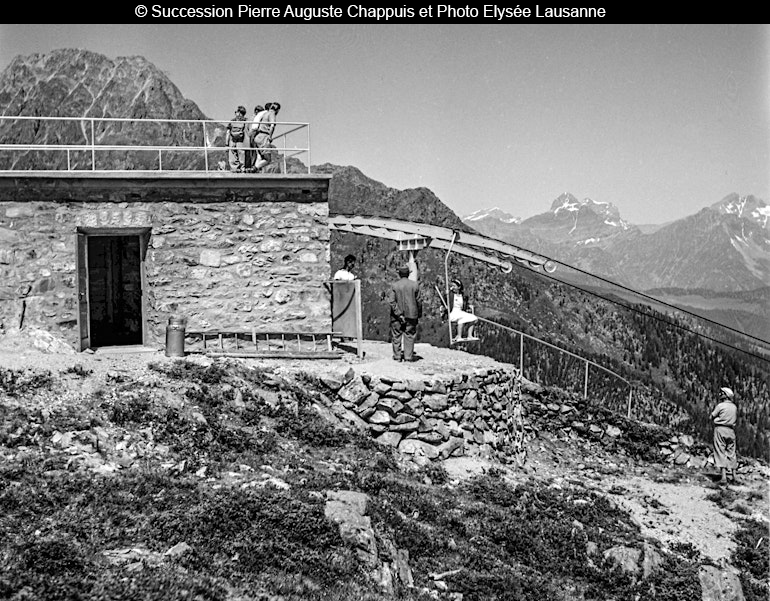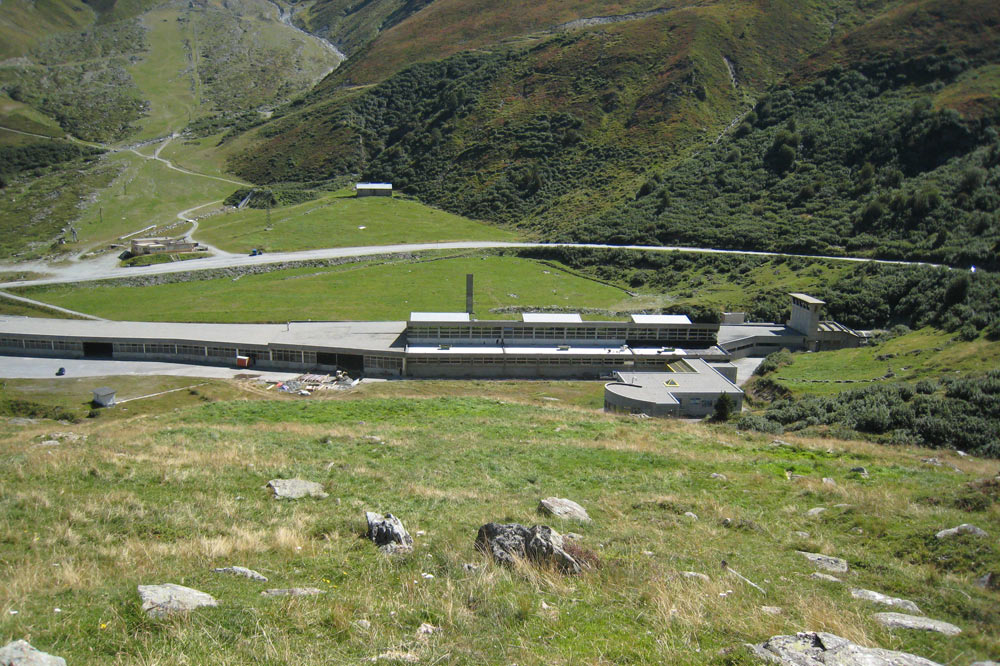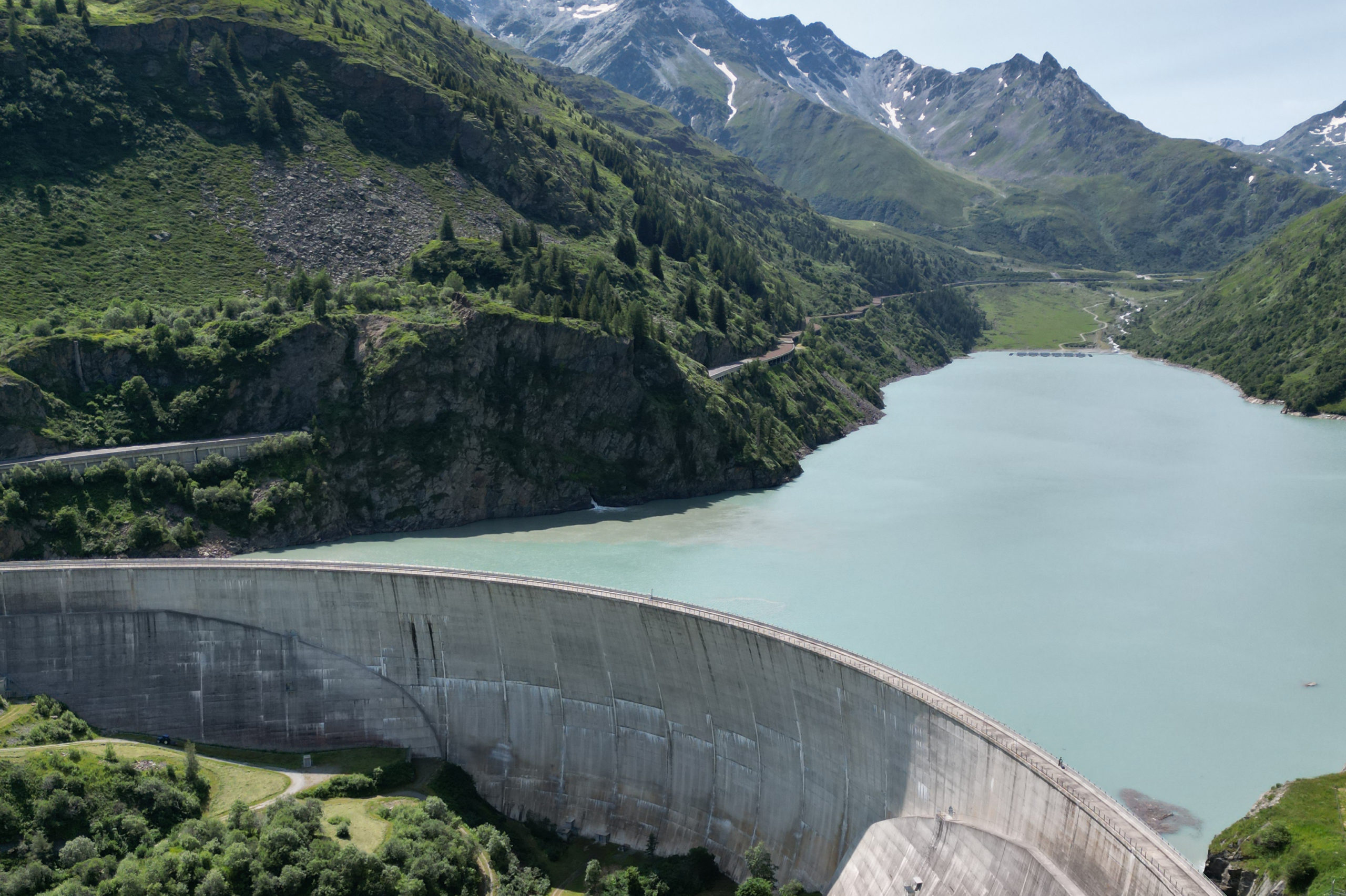The millennial history of the St Bernard region
The first inhabitants of the Pays du St-Bernard were probably the Etruscans, a people who occupied northern Italy between 3000 and 1000 BC.
Around 500 – 450 BC, the Celts invaded the Po Valley. The Veragri tribe moved to our region and lived in Saint-Maurice, Martigny and Entremont.
After the annexation of Helvetia and the massacre of the Salasses (Celts from the Aosta Valley), in order to take control of the Mont Joux crossing, the Romans decided to subdue the Veragri. When they entered the valley via the Mons Jovis (Grand St Bernard), they found four tribes:
- the Uberi,
- the Seduni, or hill men, in the centre,
- the Veragri on the Saint-Barnard axis and
- the Nantuates in the area around Lake Geneva.
These armed tribes founded urban centres, which gave rise to Sedunum (Sion), Octodurum (Martigny) and Agaunum (Saint-Maurice). They joined forces against the Roman invader and an expedition led by General Galba, in 54 BC, intending to occupy the Grand-Saint-Bernard and Simplon passes failed, with the legionnaires retreating. The Roman eagles only returned 40 years later, under Augustus.
We do not know what life was like under the Romans, but what we do know is that after the Barbarian invasion, the Huns and the Saracens laid waste our valleys, with the Saracens ultimately destroying the monastery – the Bourg-Saint-Pierre refuge – and in 972, the Abbot of Cluny was held prisoner at Orsières bridge. The Pays du St-Bernard was part of the first Kingdom of Burgundy until 1032, and following this, of the County of Savoy.
In 1475, during the Battle of La Planta, the people of Valais won and the Bishop of Sion became the spiritual and temporal leader of the Lower Valais together with the governor of Saint-Maurice and a lord in Sembrancher. It remained like this until the end of the old regime in 1798.
Following this, after three years of independence and ten years as a department of Simplon, the history of the Pays du St-Bernard blends with that of the canton of Valais.
